Investing in collecting rare coins can be a profitable hobby. Just like all investments, there are always a few good points to consider before starting.
Rare coin collecting is an exciting and profitable field in numismatics. Collecting rare coins for hobby will eventually lead to good investments if you know how to do it right.
Long-time American coin investors swear that they make good money in the US rare coin market.
Read about their secret and soon, you’ll be piling up valuable numismatic rarities in your coin collection.
Here is a foolproof guide in how to collect rare coins:
1.) Get the ideal mindset in collecting rare coins
• Aim to find rare coins that are first of all, within your budget. However, your rare coin should have a numismatic significance.
• Always take advantage of the bear market or coin market lulls. This is the time when prices sharply decline. Many coin collectors sell their coins during this period.
• During the above mentioned market state, try searching for undervalued rare coins or those that are sold way below their worth. Most often, when the market picks up pace again, your rare coin finds will regain their actual coin value.
• Keep in mind that rare coin values may soar up and go down from time to time.
2.) Lay out your master plan. Know which rare coins to collect.
• Set your sights on completing a rare coin set. This has a higher coin value and price rather than randomly-collected rarity.
• Give way for a holding period to maximize your investment’s returns. Wait for a minimum of three to five years. If it doesn’t work out then it’s time to have a Plan B.
3.) Lunge into action. Start investing in the rarest coins.
• Build rapport with rare coin specialists and numismatic experts. These industry authorities can help you in your investment goals and give you advice on the rarest coins in the market.
• Find a trusted dealer.
• Make a careful and thorough coin selection. Choose coins with a strong demand. Get those with strong performance in the coin market.
• Review each rare coin’s price history in the bull market performance.
• Set your sights on the rarest coin. Choose only the best coin that is within your budget. Later on, you can trade your other coins for more expensive rare coins.
4.) Know what to look for in rare coin.
The following are the attributes that make up the value of rare coins:
• Rarity of a coin
The number of available specimens of the rare coin defines its price in the market.
No wonder the 1933 Saint-Gaudens Double Eagle coin is considered one of the rarest coins – there are only two surviving specimens of it.
• Condition of a rare coin
Coin grading or present state of the coin is officially determined by a scale of one 1 to 70. Thus, a rare coin with a higher grade is in excellent state of preservation.
Consider a rare coin with a grade of MS-65+. These coins are called super grade coins and are therefore exceptionally beautiful with barely visible scratches on the surface. The high grade of this rare coin plus its rarity factor will make it have a higher price tag, as well.
• Age and historical value of the rare coin
Most rare coins are those that are part of the annals of history. The US Civil War coins are rare and at the same time historical thus they have a high demand in the market. Other classic period pieces like the US Wreath cents are strong market players, too among the rare coins.
• Liquidity of the rare collector coin
Rare coin collectors should be practical. Your rare coins should have liquidity – that is, it should sell easily in the open market when you need to en-cash your assets.
Even if you cannot have an immediate sale, you are guaranteed that your coin is still in demand and still valuable. As a rule of thumb: rare coin collectors should buy low and sell high.

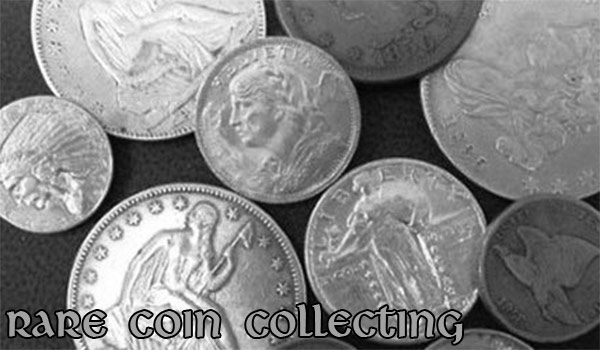




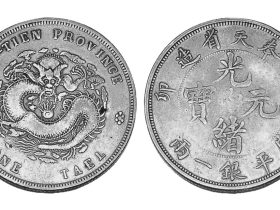
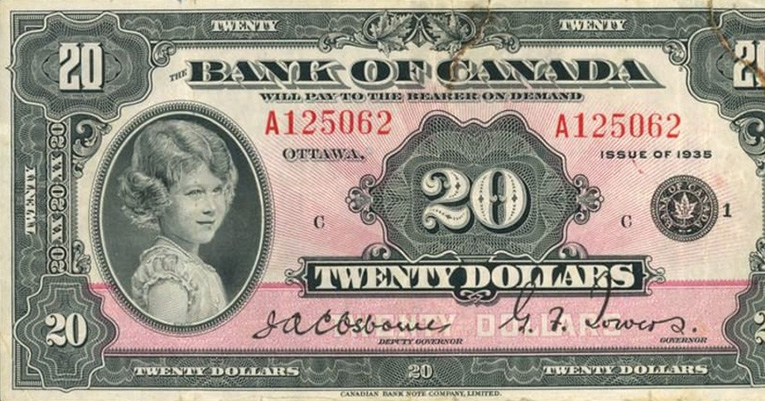
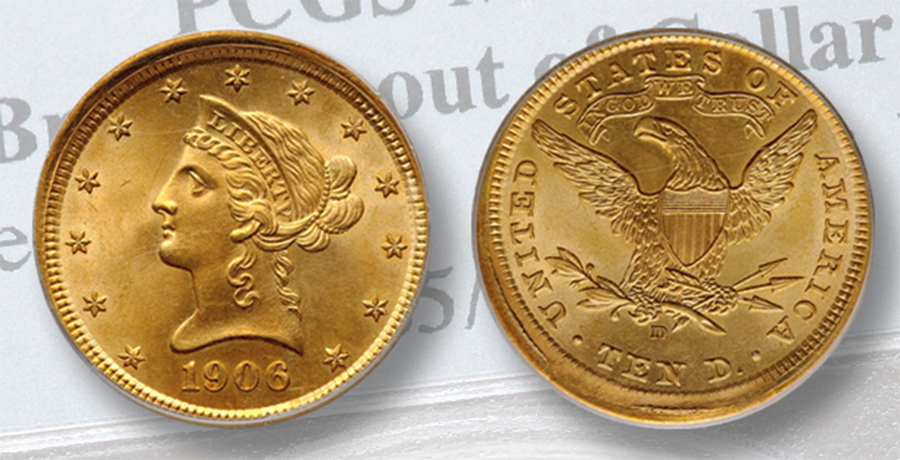
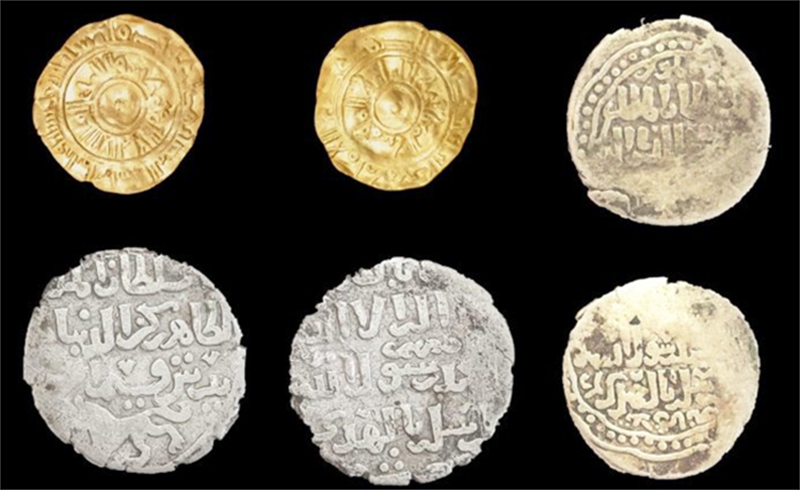

Leave a Reply